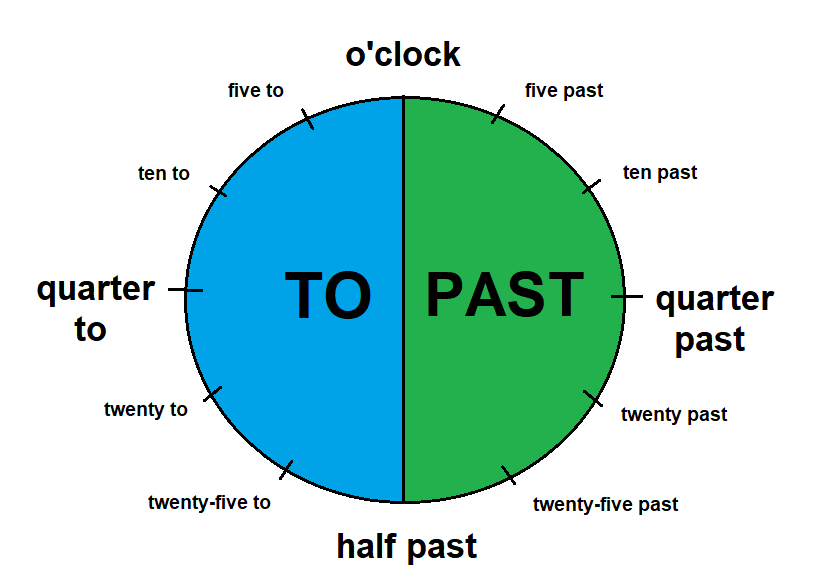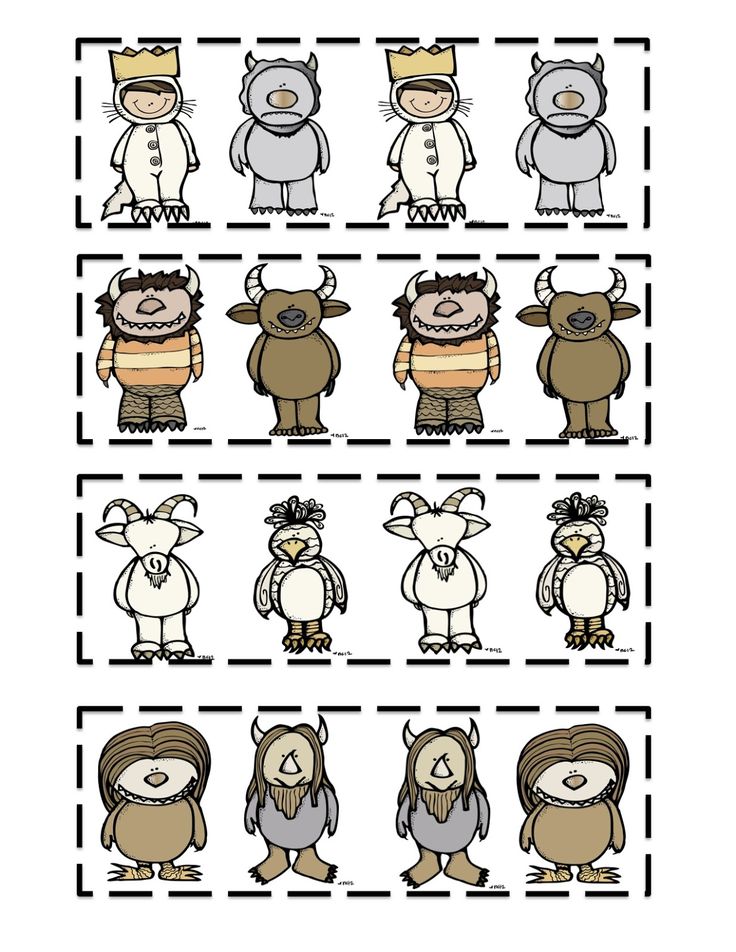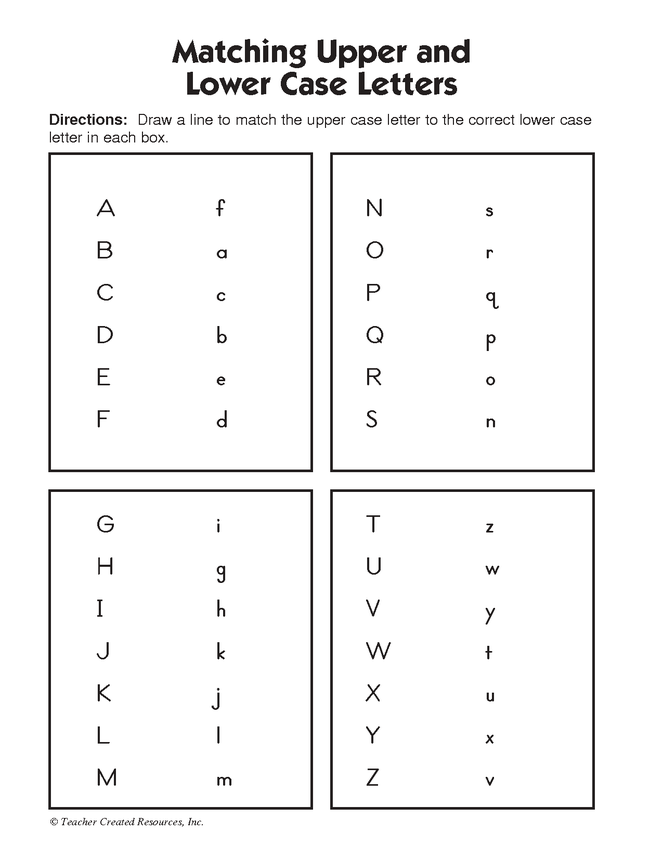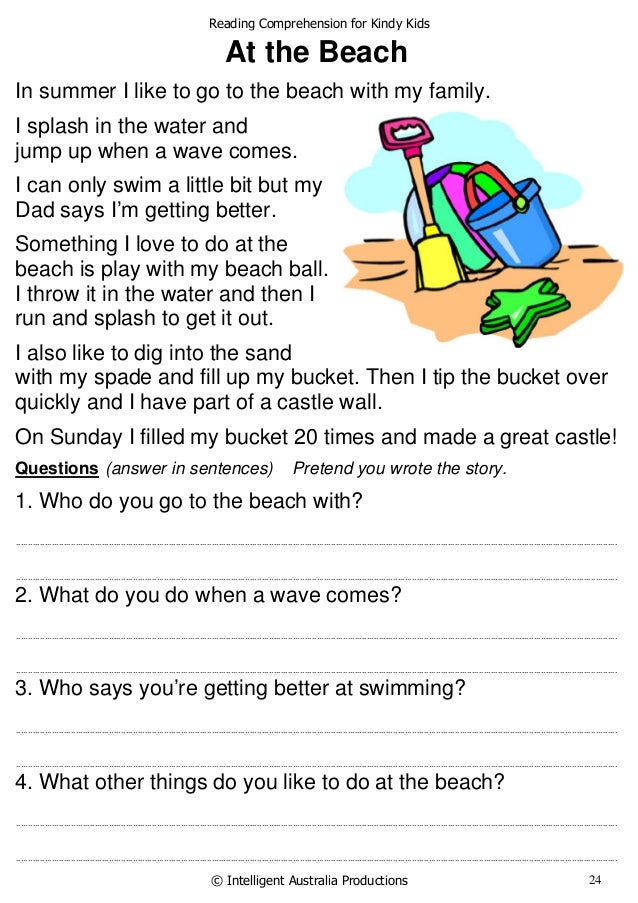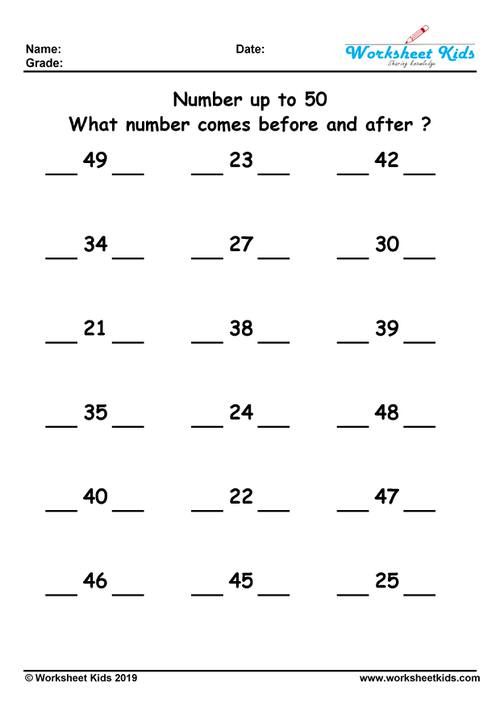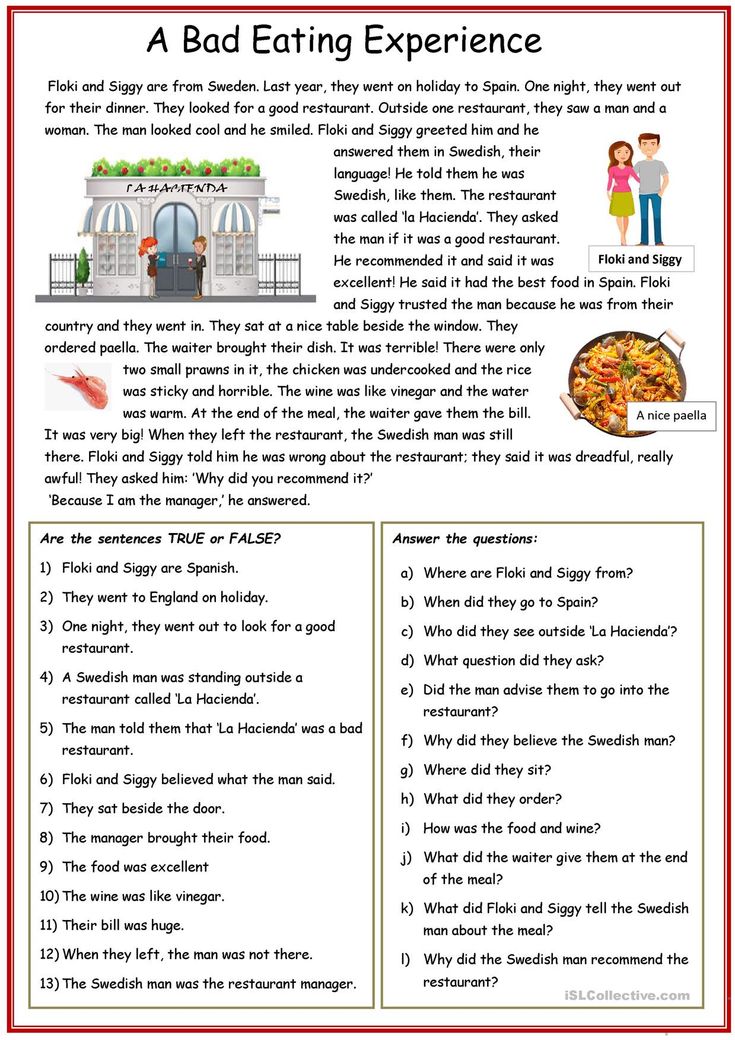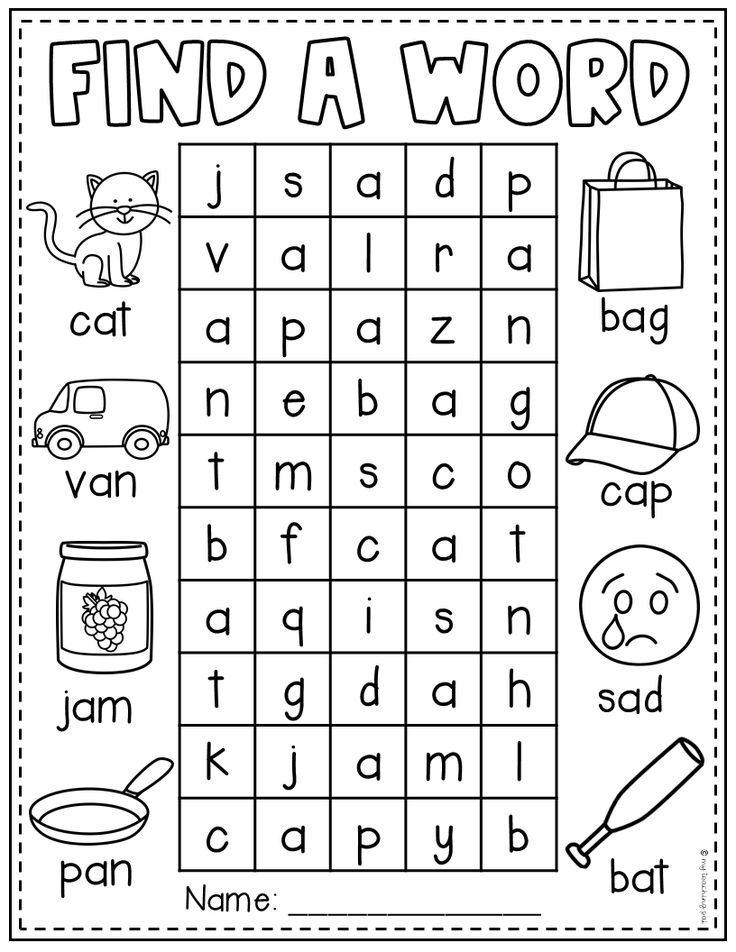Learning to read the time
How to tell the time
Why do children find it difficult to learn to tell the time?
It’s a fact that lots of children struggle to learn to tell the time on analogue clocks, sadly some never do. To find a way to help these students we had to intensely study children in the learning environment to truly understand the problem.
Watch our videos to learn:
How to tell the time in 3 simple steps
How to tell the time in 2 simple steps (24 hour)
For an adult, reading a clock is a really simple process:
-
Step 1:
With the “past & to” method, we look at the minute hand and assess the minute number value.
-
Step 2:
We judge whether it’s minutes past or minutes to.
-
Step 3:
We look at the hour hand and judge the hour value.
These 3 steps are the key to reading the time.
With the EasyRead clock children can instantly follow those 3 steps and read the time. They’re easy for a child to understand and learn:
- Read the number at the end of the long hand
- Say which side it’s pointing to (past or to)
- Read the number at the end of the short hand
For example, say it like this: “8, “minutes to”, “2”.
It really is that simple!
Perhaps, like many of us, you tell the time another way, as if you're reading a digital clock:
With an EasyRead clock that has a 12/24 hour face, children can instantly follow these 2 steps and read the time:
- Read the number at the end of the short hand,
- Read the number at the end of the long hand.
For example, say it like this: “One”, “fifty two”.
It really is that simple!
FREE DOWNLOAD Download and start learning today, FREE!
Make your own paper EasyRead Time Teacher clock
We've made learning to tell the time easy for 20 years
EasyRead Time Teacher invented the 3-step teaching system in 1992.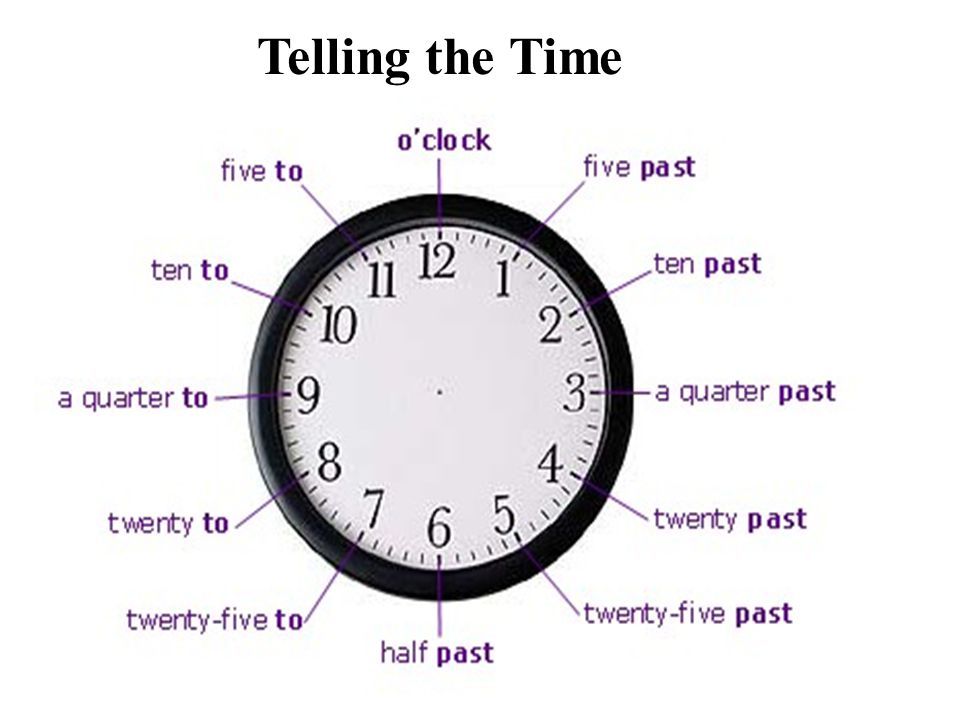 It is the simplest and most effective time teaching system for children. It is protected by copyright and by design registrations.
It is the simplest and most effective time teaching system for children. It is protected by copyright and by design registrations.
ClocksWatches
Where do Children fall behind in learning
Working with various children over a period of time we identified 2 significant elements that cause children problems.
- In general, regular clocks and watches only display the hour numbers and some markings to indicate minutes. This is only about 20% of the information we need to know, 80% of the information we need is missing from the clock face.
- The hands can be ambiguous, they’re often nearly the same length and not pointing specifically to either the hours or the minutes. Most of the time they’re in between numbers anyway, so it’s very difficult to know which number to read.
This is very confusing for a child and it makes it hard for them to learn to tell the time.
From our customers.
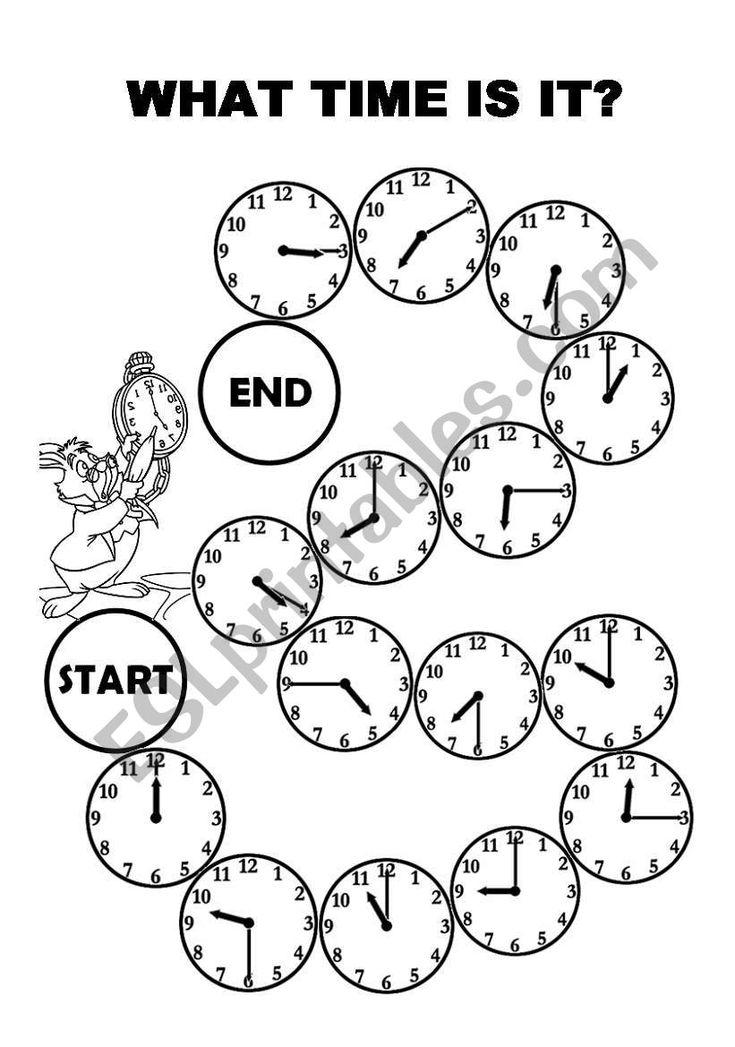 .
."Great! I bought the watch for my son because he had problems reading the time. Within two days of him telling me the time every 3 minutes, he could read almost perfectly all the clocks, even if there were no numbers on the dial."
"Bought for my nearly 7yr old for Christmas, she loved it straight away picked up how to read it. I'm now getting constant telling of the time. Would definitely recommend."
"A must have if you’re trying to help teach your child to learn to tell the time. Lovely and comfortable watch. My child loves it and it has made my life a lot easier to teach and explain in telling the time."
About our design and why it works..
We designed a clock face that carries all the information we need to tell the time; but this still didn’t provide a sure-fire solution. We needed to help the child know which numbers to read at any point in time.
We realised that if we enclosed every number on the face in an individual box we could tailor the length of the hands so that the tips clearly indicated specific numbers .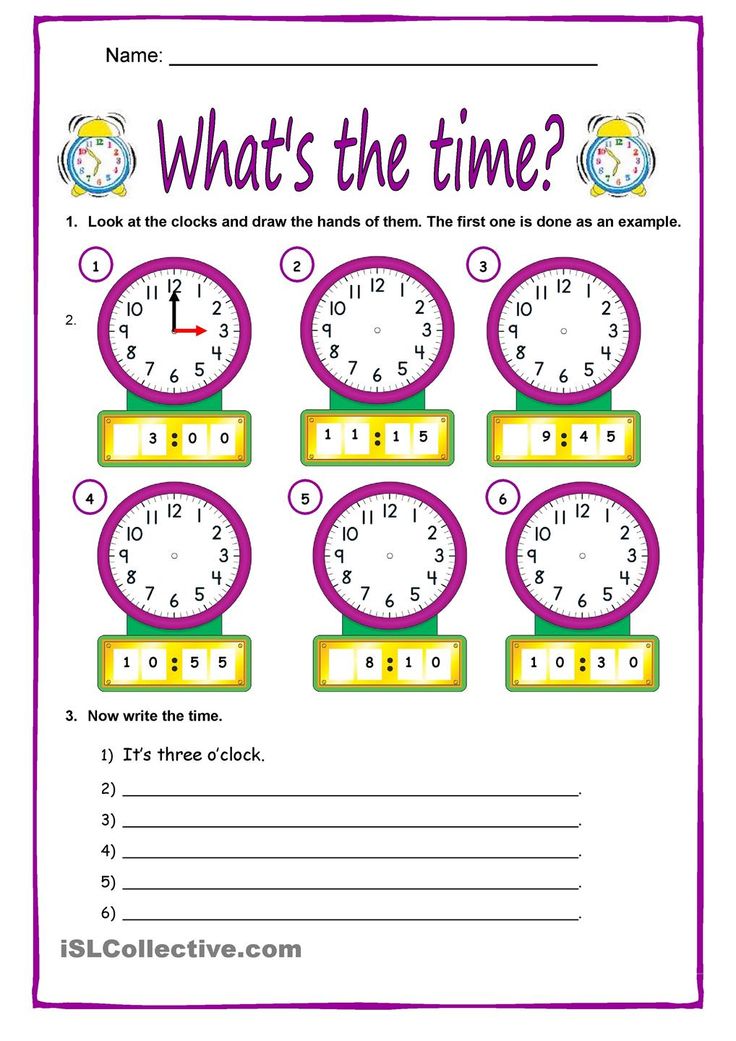 Now we have a clock that shows all the information we need and hands that tell us exactly which numbers to read.
Now we have a clock that shows all the information we need and hands that tell us exactly which numbers to read.
This completely removes the mystery surrounding analogue clocks and watches.
Students no longer need to memorise all the missing information before they can tell the time, they simply need to read the numbers that the hands tells them, in the right order.
Find out more.
Proven by parents & children in 20+ countries worldwide
Give the gift of time today
Our Products
Teaching Kids How to Read Time: A Guide from Brighterly
- Home
- >
- Blog
- >
- Teach Your Children How to Read Time: A Comprehensive Teaching Guide
Jessica Kaminski
14 minutes read
April 4, 2022
As adults, we consider time a natural and inseparable part of our daily lives.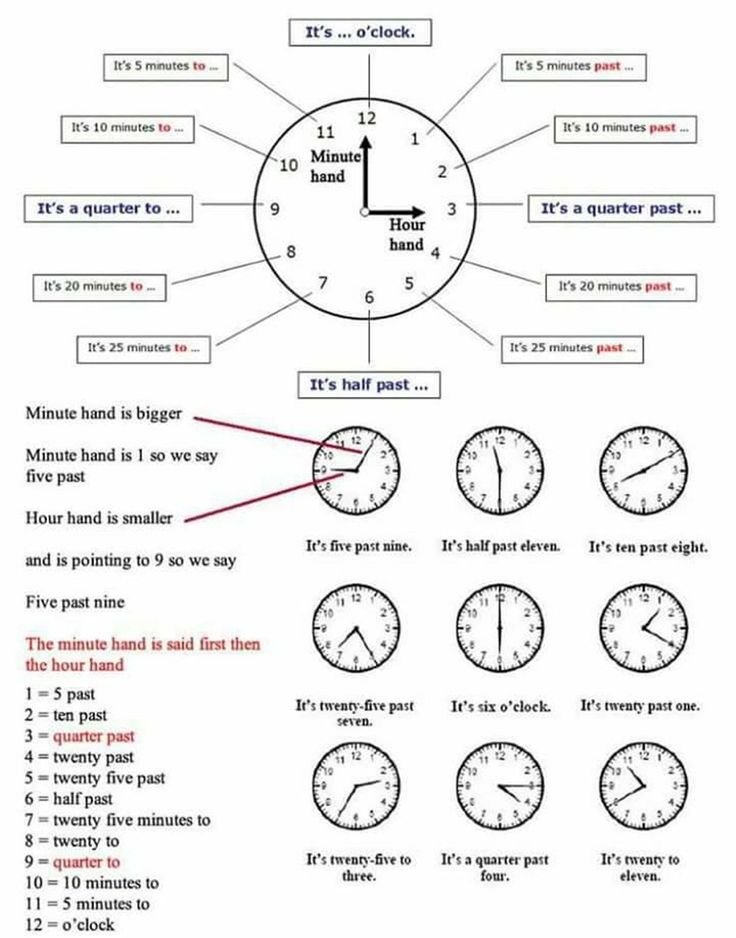 But this concept often challenges children. Usually, kids need a few years to tell time accurately, let alone time estimations and predictions. This time, you will learn all about teaching time to kids.
But this concept often challenges children. Usually, kids need a few years to tell time accurately, let alone time estimations and predictions. This time, you will learn all about teaching time to kids.
When Do Kids Learn to Tell Time?
Children start learning to tell time between six and eight years. In this period, they learn to tell time on a clock, as well as remember days, weeks, years, etc.
However, you can teach this concept to your kid earlier if you believe they can handle it.
How to Teach Kids to Tell Time?
Teaching time concept is a complex process that consists of several stages. Let’s start with the basics below.
Children Should Learn to Tell Time on a Clock Starting with Basics: Morning, Evening, Night
You have to start with the concept of time itself, not with the time on the clock. Introduce your kid to the time of the day which is connected to their daily routines:
- Morning. We wake up, brush our teeth, and have breakfast in the morning.
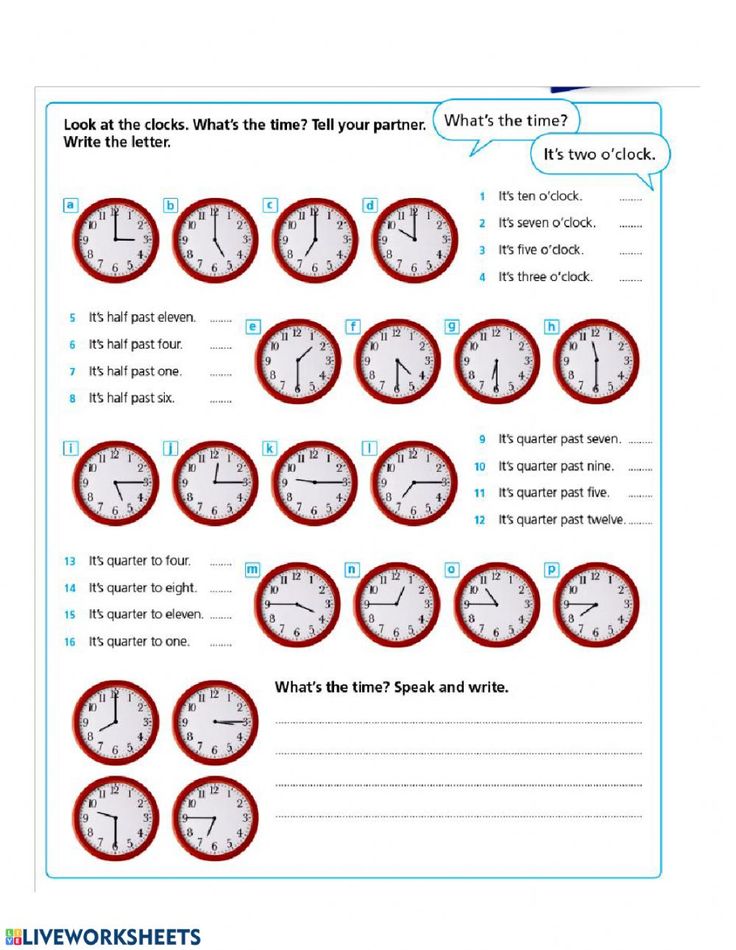
- Afternoon. Once we have lunch, it is afternoon.
- Evening. In the evening, the sun goes down, we have dinner, have a shower, brush our teeth, and go to sleep.
- Night. The moon goes up, and it’s time to sleep.
Make sure your child starts telling time of the day fluently. Ask them, when do we wake up? When do we have dinner, or when do we go to sleep?
As long as your child remembers their daily schedule in the correct order and every time without hesitation, you can proceed further.
Teach Counting to 60
You have to teach your kid to count to 60 before they learn how to tell time. You can use number lines, flashcards, math videos, songs, and other assets to practice counting to 60.
They need to know numbers from 1 to 60 to differentiate between seconds, minutes, and hours:
- One hour is 60 minutes.
- One minute is 60 seconds.
Teach Skip Counting by Fives
As long as your kid gets fluent in counting to 60, they have to learn to skip count.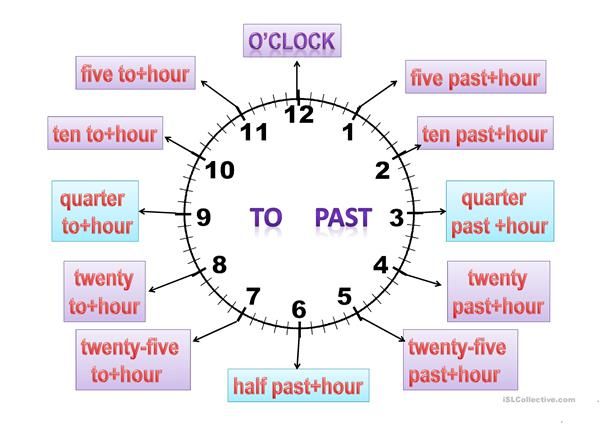 It will help them calculate time units much faster.
It will help them calculate time units much faster.
Skip counting means adding the same number to the previous one up to a certain point. In our case, this point is 60: 5, 10, 15, 20, 25, 30, 35, 40, 45, 50, 55, 60. Number lines will help you visualize this concept. Afterward, practice skip counting to 60:
- Use paper clips on a paper plate – divide it into 12 sections, five clips each. This paper plate will serve as a “pre-clock.”
- Group objects by five and count them.
- Draw number lines.
- Play associated digital math games.
How to Teach Time with Analog Clock?
Your kid has practiced counting by fives with an improvised paper plate that resembles a clock, and it’s time to make a cardboard clock. Check the following steps to make one:
#1 Make a Cardboard Plate
First, you need scissors, a dinner plate, a pencil, and a few square feet of cardboard. Put the dinner plate onto the cardboard sheet and underline it with a pencil.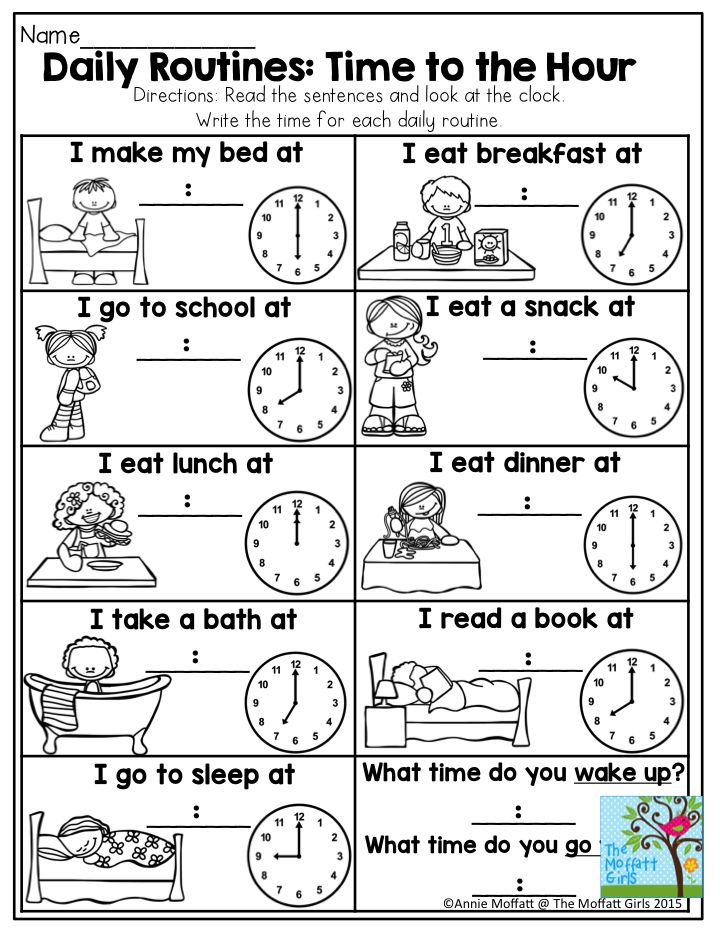 Afterward, cut the cardboard plate.
Afterward, cut the cardboard plate.
#2 Number the Plate
Now, It’s time to number the plate from 1 to 12 to make the clock’s face. Put these numbers about one inch before the edge of the cardboard plate. They will indicate hours.
Then, put fives above these numbers to indicate minutes – 5, 10, 15, 20, 25, 30, 35, 40, 45, 50, 55, 60.
Afterward, elaborate on the minutes – draw vertical dashes between the fives – 1, 2, 3, 4; 11, 12, 13, 14, etc. Now, your clock’s face shows both hours from 1 to 12 and minutes from 1 to 60 (0).
#3 Cut Out Clock Hands
Draw a short hours’ hand and a long minutes’ hand on the cardboard. After that, label them “minutes” and “hours.” Then, cut out the hands.
#4 Assemble the Clock
Find the center of the cardboard plate and mark it with a pushpin. Place two hands on top of each other in the center of the clock’s face. Assemble the parts with the pushpin. Now, your DIY clock is ready for action.
How to Teach Kids Read a Clock?
Tell your child that a short clock hand indicates hours, while a long one – minutes.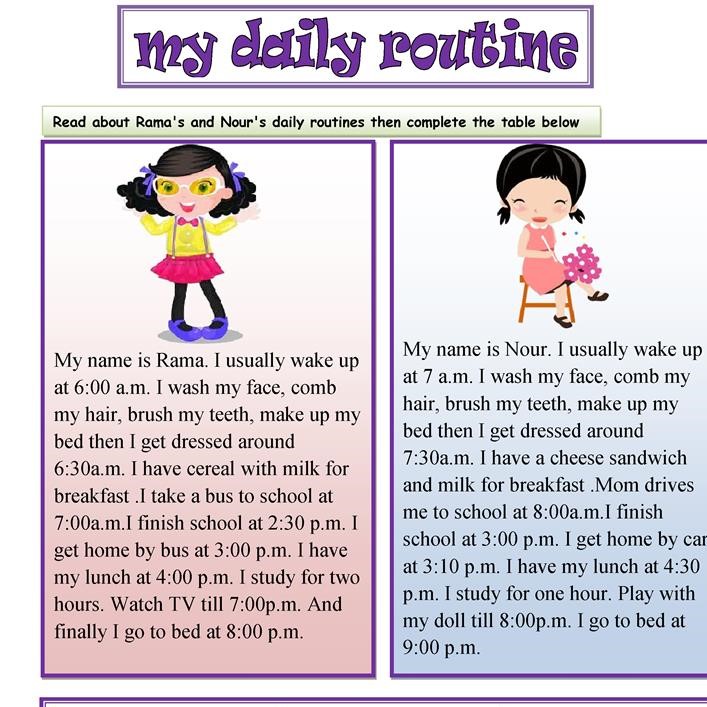 You can paint hands in different colors to emphasize the difference.
You can paint hands in different colors to emphasize the difference.
How to Read Time: Explain How to Tell Hours
Explain that the clock hand positions to tell hours. If we speak of hours, the long hand should point at 12. The short clock hand points at a number to indicate that hour.
Thus, it’s five o’clock when a short clock hand points at five, while the long one points at 12. This position shows that it’s five hours and zero minutes. At this point, it will be visually clear on the clock’s face. If the hours’ hand points at eight, and the minutes’ one points at 12, it’s eight o’clock.
Practice telling time on a clock. Ask your child to move the clock hands to show a particular time – 4, 3, 2, 1, 12 o’clock.
Teaching Time on Analog Clock: Minutes
Kids usually struggle to grasp the double meaning of numbers on a clock. That’s why you have to draw minutes from one to 60. Tell your child that the long hand points at minutes.
Afterward, explain how it works by starting with the hour position.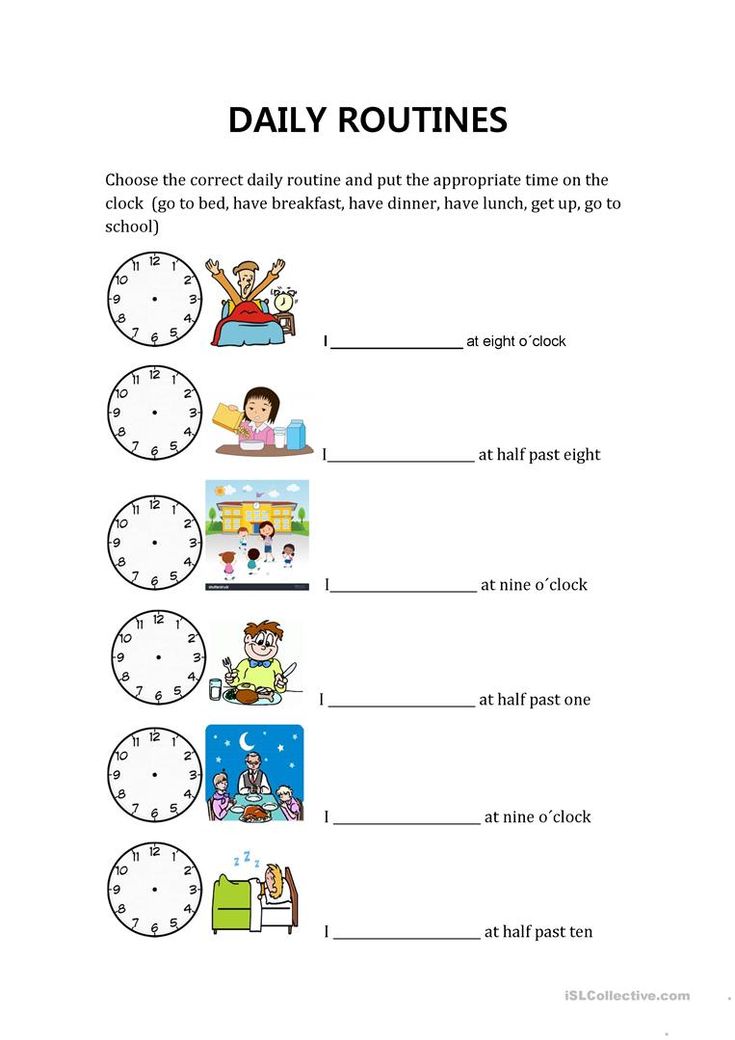 Let it be five o’clock: the short hand points at five, while the long one points at 12, showing that it’s 5:00. Move the long hand one minute forward while keeping the hours’ hand in its place. As you move the minute’s hand one dash forward, the clock shows 5:01. It’s one minute past five, and the time moves toward six.
Let it be five o’clock: the short hand points at five, while the long one points at 12, showing that it’s 5:00. Move the long hand one minute forward while keeping the hours’ hand in its place. As you move the minute’s hand one dash forward, the clock shows 5:01. It’s one minute past five, and the time moves toward six.
Practice minutes with your child. Point the minute’s hand at different numbers and ask your child to tell the time. Then, ask them to play with the minute’s hand to show different times on the clock.
Learning to Tell Time on a Clock: Half Past, Quarter Past, Quarter To
Once your kid tells hours and minutes fluently, it’s time to learn more time concepts like half past, quarter past/to, and more.
Half Past
Explain that the long clock hand completes a full turn in an hour – this is why each hour starts when the long hand points at 12. When the long hand points at 6, it’s half an hour. “Half past” a particular hour means that the time has moved halfway toward the next hour.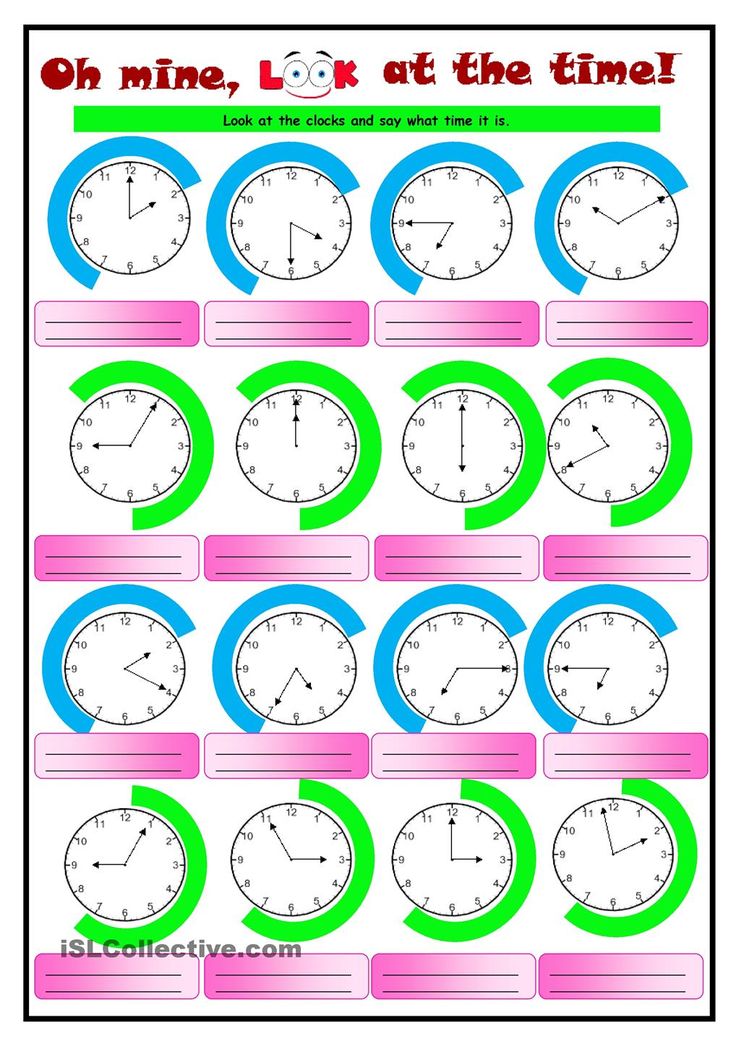 For instance, half past five means time has moved half an hour toward six.
For instance, half past five means time has moved half an hour toward six.
Quarter Past and Quarter To
To explain quarters, you can separate the clock plate into four sections – 15 minutes each. These are quarters and they divide an hour into four equal 15-minute parts.
Now, you can explain the following rules:
- Each time the long hand points at three (15 minutes) on the clock, it shows quarter past. For instance, a quarter past two means the short hand points at two while the long one points at 3 (15 minutes past two).
- When the long hand points at nine (45 minutes), it means quarter to. In other words, there are only 15 minutes (which is a quarter) left until the next hour. For example, quarter to three means that the hours’ hand points at three, while the minutes’ hand points at nine.
How to Teach Telling Time with Books: Top Five Picks
Let us dive deep into five awesome books for kids to learn time.
Winnie the Pooh Tells Time
Winnie the Pooh plays with so many children through the TV screens around the world, why not study time with the lovely bear and his friends? Winnie the Pooh Tells Time guides children through time concepts while telling about the captivating adventures of Winnie the Pooh and his friends.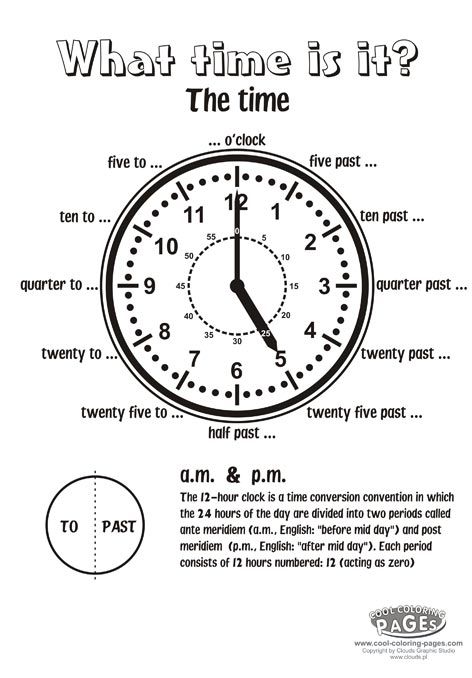
How to Tell Time: A Lift-the-Flap Guide to Telling Time
This book teaches time telling with the help of interactive puzzles and a paper analog clock. Additionally, it helps your kid understand time through everyday activities, teaches time units, and provides quiz questions to solidify time skills.
Hickory Dickory Dock
Hickory Dickory Dock is a paperback adaptation of a well-known time-telling song for children. As the clock shows different times, different animals come into the scene. A catchy rhyme and bright colors will boost your kid’s time telling skills.
Tell Time with the Very Busy Spider
A spider is a busy fellow. They weave their web, but different animals interfere with the business. When and how does the spider finish their duties? This catchy book will tell your child about time concepts through a fun spider’s story.
What Does the Clock Say?
What Does the Clock Say will become a perfect addition to your math bookshelf.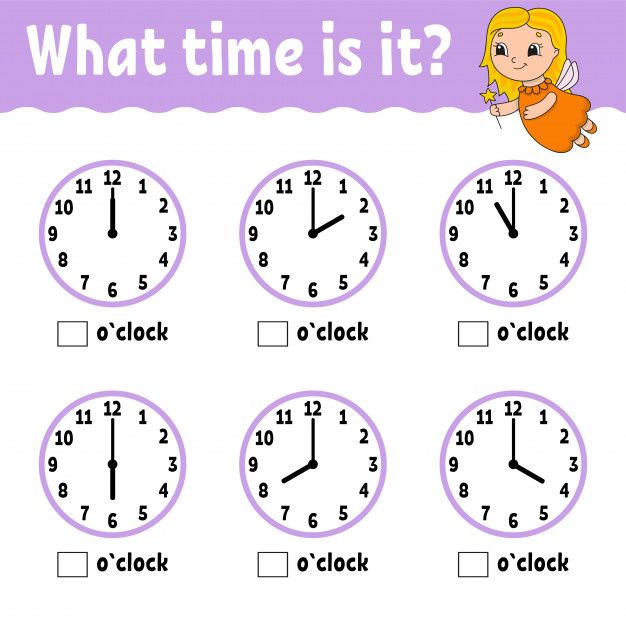 This funny rhyme wrapped in a captivating story will explain all ins and outs of time telling for kids.
This funny rhyme wrapped in a captivating story will explain all ins and outs of time telling for kids.
How to Tell Time for Kids: Five Comprehensive Videos
Most kids learn new information through visual assets, so you can also involve explanatory videos that teach telling the time. We’ve picked five most comprehensive videos on time telling below.
Learn How to Tell Time on a Clock
This seven-minute guide encompasses all nuances of time telling. It explains the clock’s face, clock’s hands, half past/half to concepts, and more. With illustrative graphics and comprehensive explanations, this guide will leave no questions behind telling time.
Telling Time for Kids (Quarter Past, Quarter To, Half Past)
This video spells out quarter past, quarter to, and half past using a catchy animation and explanatory audio. It will come in handy if you explain these terms separately or after reinforcing the basics of an analog clock.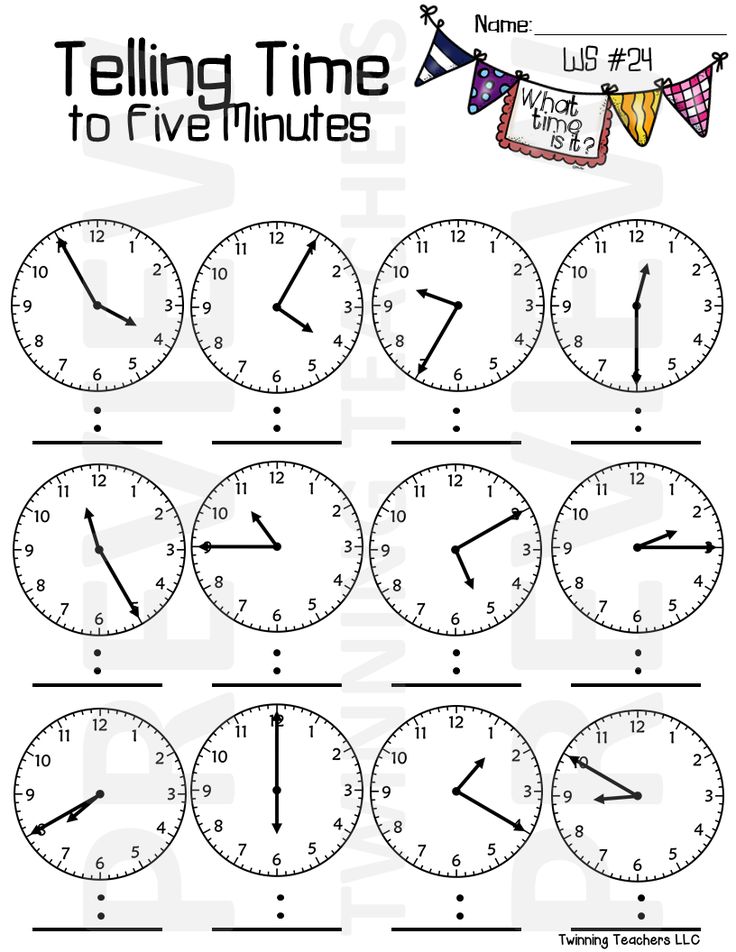
How to Tell Time with a Second Hand-Learning the Clock
The simplest analog clock has two hands – one for hours and the other one for minutes. But what about seconds? This video guide explains time telling on a clock with three hands. Plus, it informs about skip counting and how to differentiate between seconds, minutes, and hours.
Telling Time (A.M and P.M)
Some kids struggle with differentiating A.M and P.M, but this video explains how to tell between the two. This guide starts with the morning, connecting children’s routines with time units. For example, it’s 8:45, and it’s time when Kate wakes up.
Telling Time for Kids – Both Analog and Digital Clock
Once your kid gets comfortable with the analog clock, you should refer to a digital one as it’s more commonly used in day-to-day activities. This guide ensures that your kid gets fluent in time telling on both analog and digital clocks.
Brighterly’s Tutors Explain Time Telling to Children
Time telling is way more complex than you might have thought.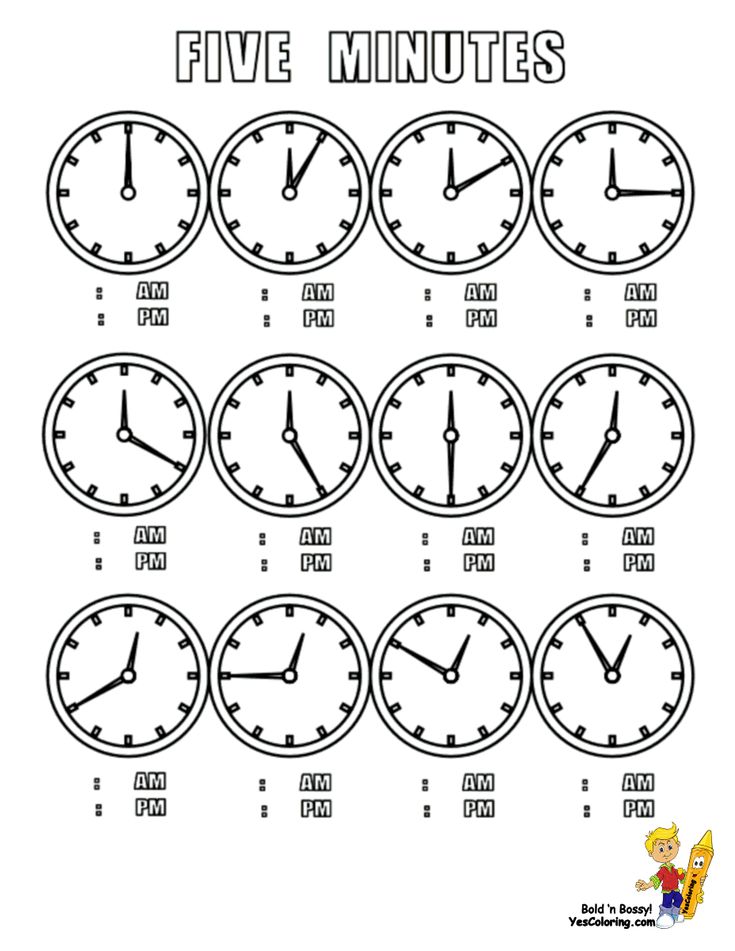 If you believe your kid should learn time from professional mathematicians, you’re in the right place. At Brighterly, you can order a math course that will teach your kid math to the highest standards. Brighterly’s children’s math courses contain all major math topics within common core standards, including time telling. Just select the grade, enroll your child, and relax.
If you believe your kid should learn time from professional mathematicians, you’re in the right place. At Brighterly, you can order a math course that will teach your kid math to the highest standards. Brighterly’s children’s math courses contain all major math topics within common core standards, including time telling. Just select the grade, enroll your child, and relax.
The tutors will help your child calculate in their mind and tell time on both digital and analog clocks without effort according to a child’s grade and math level.
Bottom Line
Teaching time telling is simple as long as you know all the ropes of analog and digital clocks. To help your child master time telling, you should start with the basics – counting to 60 and skip counting. Once you build a solid foundation, you can put up a time-telling sanctum on top of it, giving information proportionally and practicing each unit.
But if you want to save time and ensure your child learns from professionals, you can order a math course that teaches all math topics, including time telling.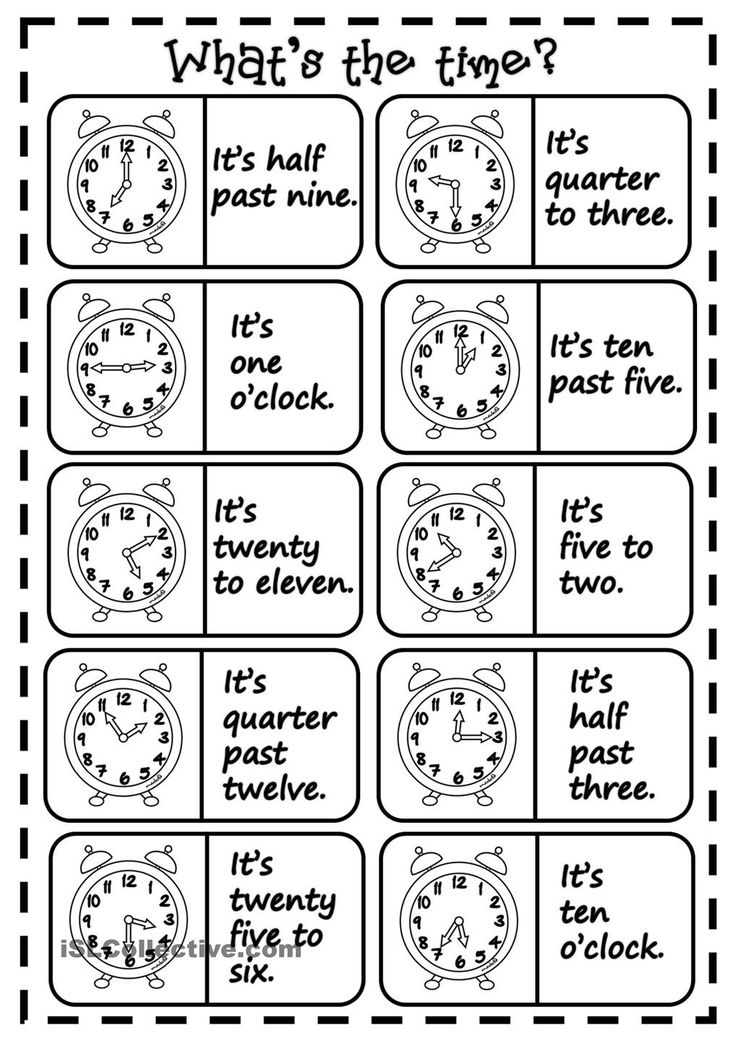
Jessica Kaminski
Jessica is a a seasoned math tutor with over a decade of experience in the field. With a BSc and Master's degree in Mathematics, she enjoys nurturing math geniuses, regardless of their age, grade, and skills. Apart from tutoring, Jessica blogs at Brighterly. She also has experience in child psychology, homeschooling and curriculum consultation for schools and EdTech websites.
How to teach a child to tell the time on a clock with hands
You tell your child that you will be in 3 minutes, and he runs after you crying. The kid does not understand what 3 minutes means. Suddenly you leave for the whole day?
The child went to the first grade, but he gets tired out of habit, cannot organize his time. He wants to play, watch cartoons, but he also needs to prepare for classes and go to bed on time.
If the baby knows that 3 minutes is not such a long time, he can wait.
If a younger student knows how to tell the time, he will be able to organize his day on his own.
So how do you teach a child to tell the time by the clock? Let's give some recommendations.
At what age should a child be taught to tell time?
A child of one and a half years old understands that there are certain time intervals: dad comes home from work in the evening, day turns into night. At 2-3 years old, he begins to perceive "temporary" words: tomorrow, yesterday, today, now, later.
It is possible to start acquaintance with the concept of time when the child knows numbers and two-digit numbers, does not confuse yesterday and tomorrow. As a rule, by the age of 6, children already know and understand these words, so they can move on.
However, all children are different, and it is impossible to say with certainty that it is necessary to master such knowledge at the age of 6. If a four-year-old kid is familiar with numbers and shows interest, start learning.
Before you start learning
Before learning to tell time with a clock, prepare your child to understand time.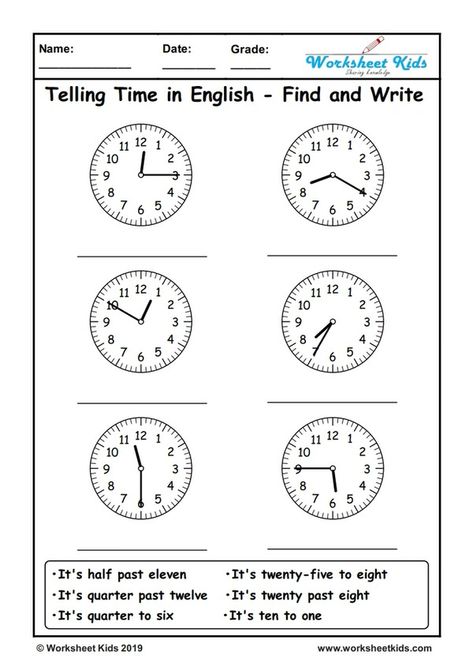
- The first thing a child needs to understand is that time is abstract, so you can't taste, touch or see it.
- Time cannot be stopped. Today is the present, yesterday and a year ago is the past, and what will happen tomorrow and then is the future. Reinforce what was said with facts: “Now we are drawing”, “Look at the photo of what you were 2 years ago”, “Let's go to the park on the weekend”.
- You can play the game was-became, for example: first there was a seed, then - a sprout, even later - the sprout will become a tree.
- The next step is to learn the seasons with your child. As a rule, there are no difficulties here, and children quickly remember that it snows in winter, everything blooms in spring, we swim and sunbathe in summer, and in autumn we harvest. Do not forget to clarify that each season consists of three months, months - of weeks, and weeks - of 7 days.
- We find out that the day consists of morning, afternoon, evening and night.
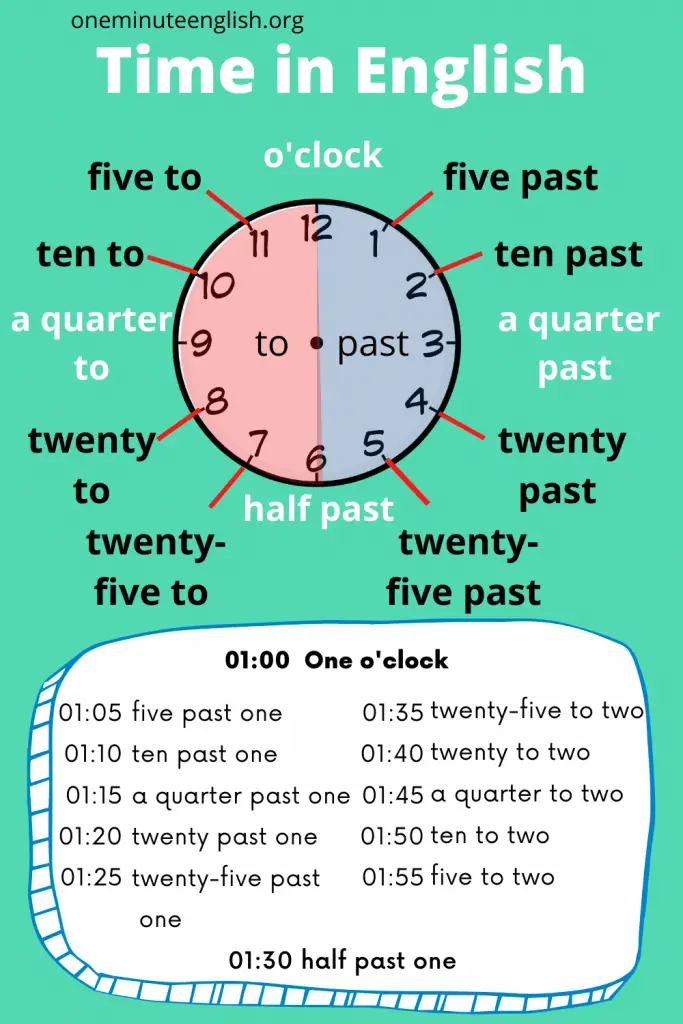 We say there are 24 hours in a day. To remember, arm yourself with educational pictures or associations: in the morning you go to kindergarten, have lunch at 12 noon, return from kindergarten at 6 pm, and so on.
We say there are 24 hours in a day. To remember, arm yourself with educational pictures or associations: in the morning you go to kindergarten, have lunch at 12 noon, return from kindergarten at 6 pm, and so on.
Explaining to a child what time is
Usually, children 2-3 years old do not notice the passage of time at all: they can stop playing or watching a cartoon only if this activity is boring for them, or it is interrupted by their parents. In fact, the time of the child is regulated by an adult.
Older children are able to recognize that some action lasts a long time, or passes quickly.
To make it easier for the child to understand the passage of time, sit him down for 1 minute of “doing nothing”. Ask how he thinks the time went. Also set aside exactly one minute for the ball game and ask how the time went this time. Don't forget to draw an important conclusion: when you are passionate about something, time passes faster.
An hourglass can be purchased and timed for brushing teeth, getting dressed, etc.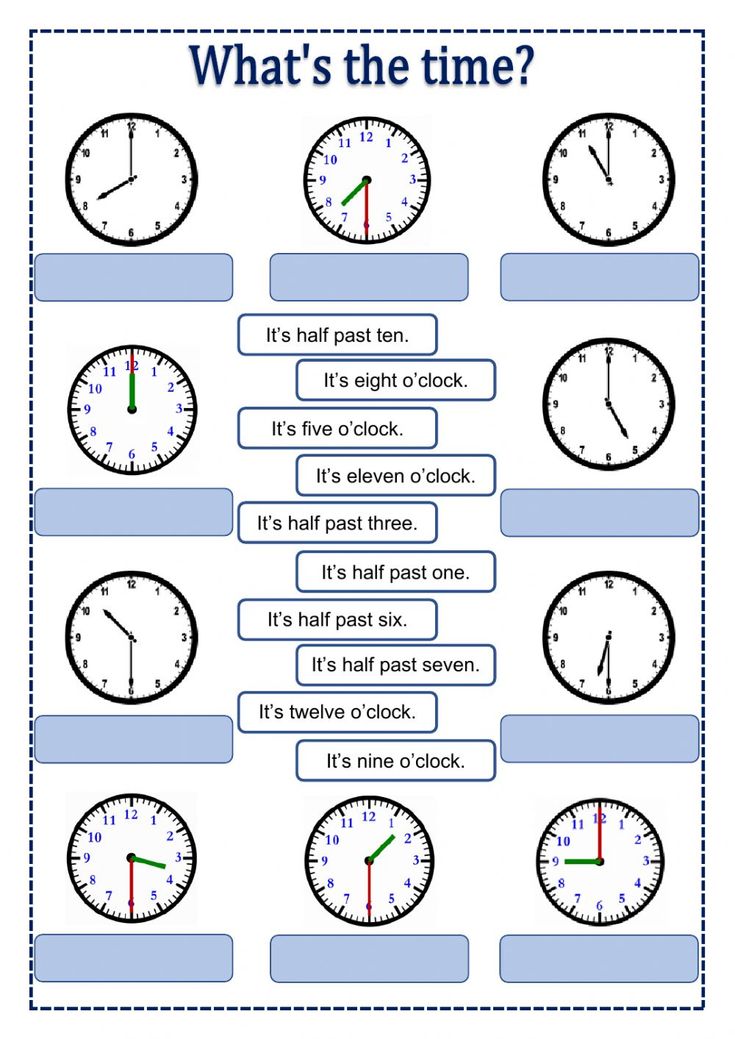
Hang a large wall clock in your child's room. Pay attention to the child that he usually goes to bed at 9 pm, wakes up at 7 am, and his favorite cartoon starts at 19.00.
Teaching a child to tell time by a clock with arrows
When a child has an idea of what time is, you can move on to the next level — tell time by a clock.
1. First, we form the concept of a dial. Be sure to consider what numbers are present, name them and remember how they are written.
2. Note the types of hands and say that a wide and short hand is needed to determine the hour, and a long and thin hand is needed for minutes. Add that there is also a second hand (one second is the time it takes the baby to clap his hands).
3. Determine in which direction the arrows are moving; along the way, explain the concepts of "clockwise" and "counterclockwise".
4. First, we learn to determine only the hours on the dial, without minutes. To do this, look at what number the small arrow points to.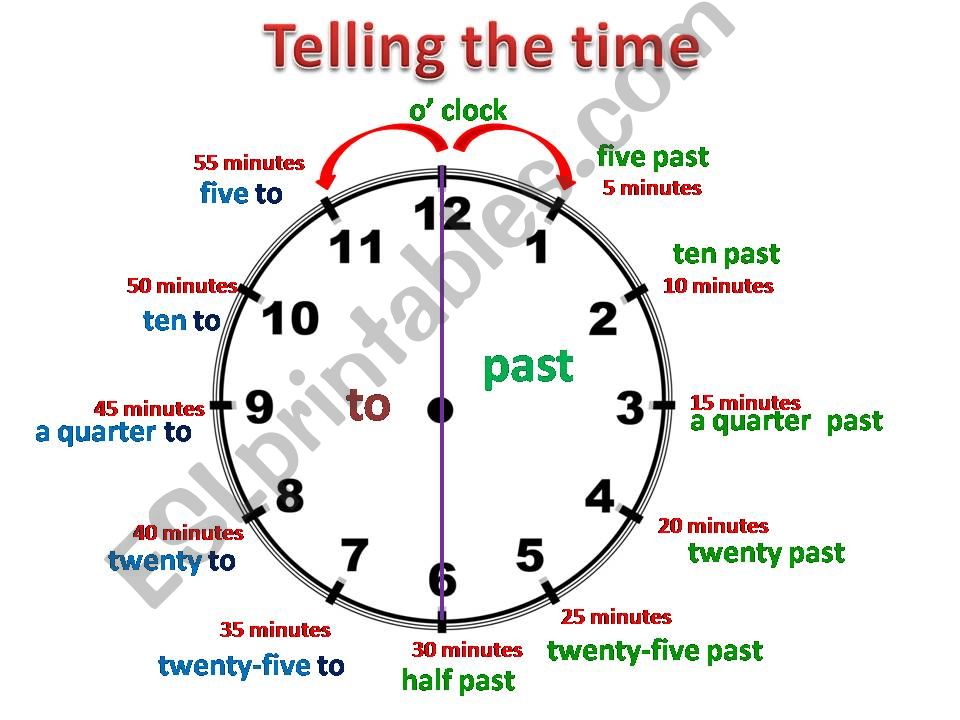 We bring this skill to automatism. For clarity, you can not only call what time it is, but also draw to use visual memory.
We bring this skill to automatism. For clarity, you can not only call what time it is, but also draw to use visual memory.
5. The next step is to get to know the minute hand. Tell your child about the similarities between the hour and minute hands (both start at 12) and the differences (the minute hand is much faster: for the hour hand to move an hour, the minute hand needs to run around the dial 60 times).
7. Explain that one division on a clock equals one minute. You will also need to memorize multiples of 5 (5, 10, 15…60). The child will remember faster if you say that these are numbers ending in 0 and 5.
8. Using the layout, we explain where the minute hand should be when the time is 09:15, 09:30, 09:45. Do not forget to tell us what half an hour, a quarter of an hour is, and consolidate the knowledge gained with the help of a layout.
DIY clock making
To practice the acquired skills, we need a clock model. For these purposes, you can use the dial of an old unnecessary watch.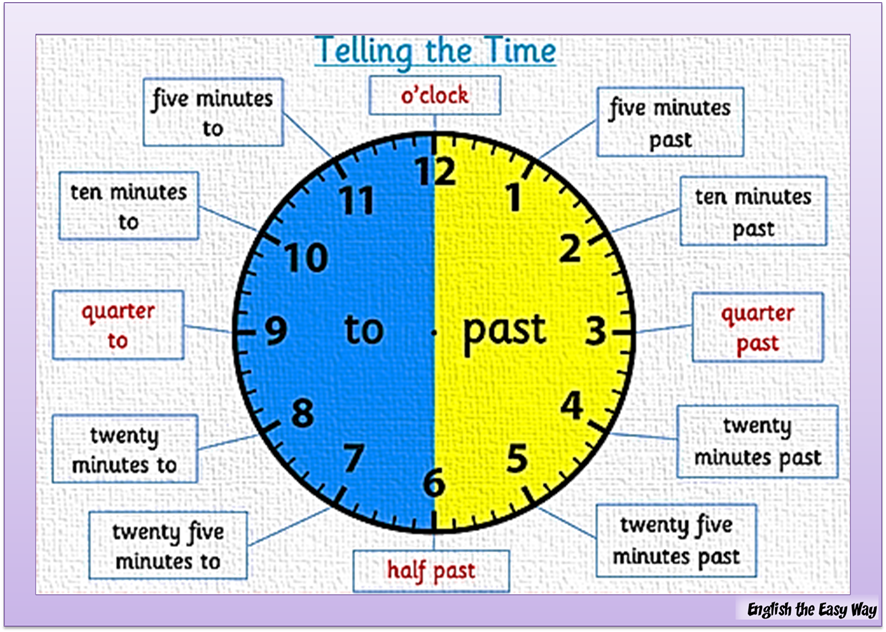 It is enough to remove the glass so that you can turn the arrows by hand. But you can make a watch yourself.
It is enough to remove the glass so that you can turn the arrows by hand. But you can make a watch yourself.
- You will need a plastic plate or a circle made of cardboard - the basis of future watches.
- From colored cardboard, make 2 hands: a small one for hours and a long one for minutes.
- We draw the base in half vertically and horizontally, designate the first numbers. We divide the resulting quarters into three more parts and add the missing numbers.
- We attach the arrows to the base with a button. Your layout is ready!
Tip: Make this layout with your child. Entrust him with the manufacture of arrows, writing numbers. Speak and comment on your actions, repeating the material along the way.
Games and tasks with a clock to consolidate the result
Do not forget to use time frames in everyday life, for example: "Let's wash ourselves in five minutes" or "Turn on the TV in 10 minutes." Buy a watch for your child, and let the family often ask the baby what time it is.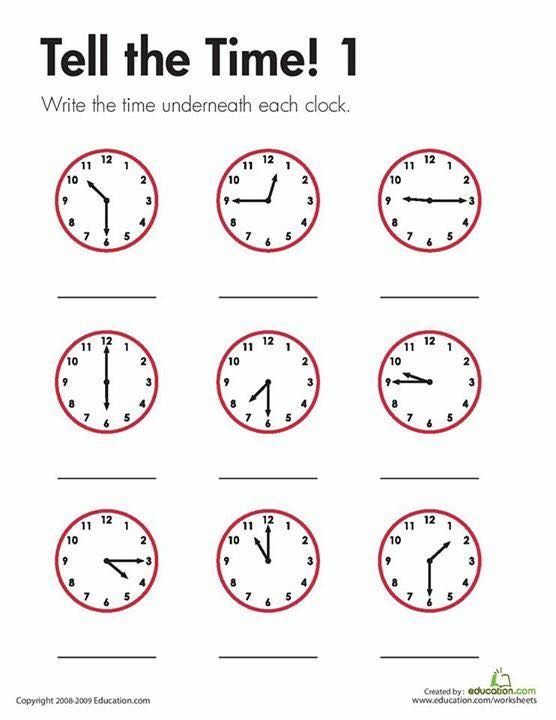
And to make the consolidation of the material fun and accessible for the baby, play with it.
"Psychic" . Take a clock layout and cover the numbers indicated by the arrows with a sheet of paper. The task of the child is to remember the location of the numbers on the dial and determine the time.
Timing. An adult tells a child's favorite fairy tale, but with temporary additions. For example, at 23:59 Cinderella ran out of the palace. The task of the child is to show 23:59 on the clock layout.
"Daytime" . Try to make with a preschooler his daily routine for tomorrow. Illustrate and indicate time periods.
Find a Pair . We will need an A4 sheet with a drawn clock and small pieces of paper on which time intervals will be written (for example, 02:50 or a quarter to twelve). The child will need to find a matching pair.
Poems about time for children
In teaching children, especially preschoolers, not only games and tasks, but also poems can be used.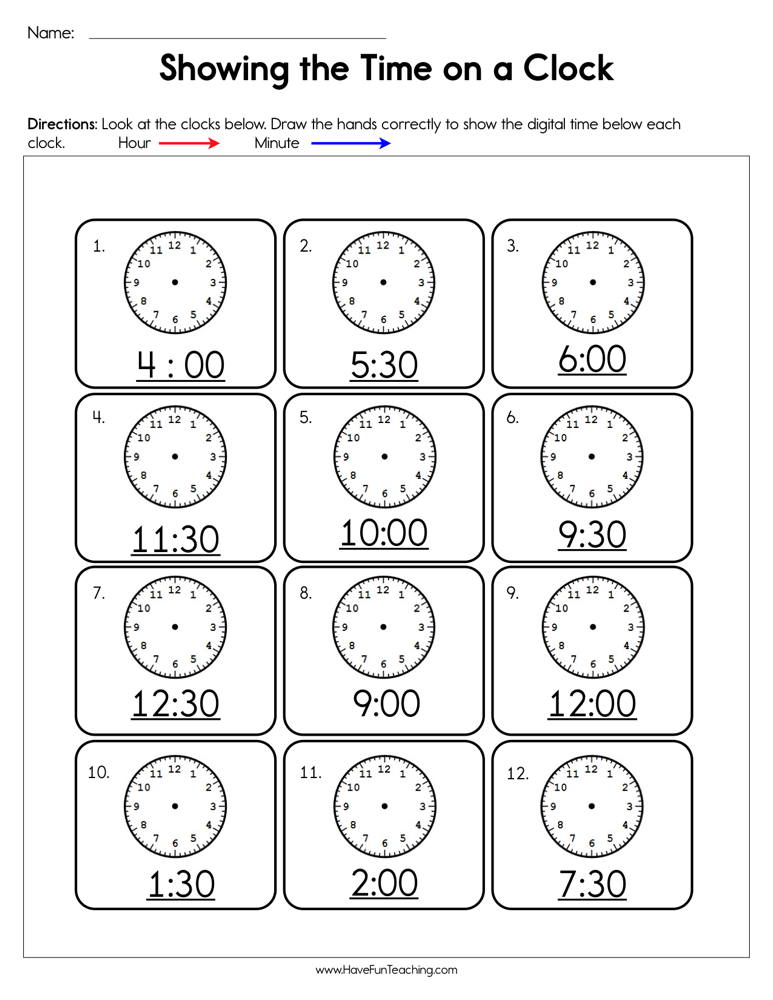 Rhyming lines are well remembered and help the baby cope with difficulties.
Rhyming lines are well remembered and help the baby cope with difficulties.
Clock
They say the clock is standing.
They say the clock is fast.
They say: the clock is running,
But they are a little behind.
Mishka and I watched together,
But the clock is hanging in place.
(V. Orlov)
From morning to night
Accustom yourself to order,
Remember to exercise in the morning.
Be persistent and bold during the day,
To do many things.
The evening began to come,
You decide what to play.
The night will come - go to bed:
Dog on the rug, you are in bed.
Teaching a child to tell the time using a clock is not an easy task, but it is quite doable. Do not rush the child and do not get angry because of failures in learning: not everything comes quickly and easily, no matter how much an adult would like.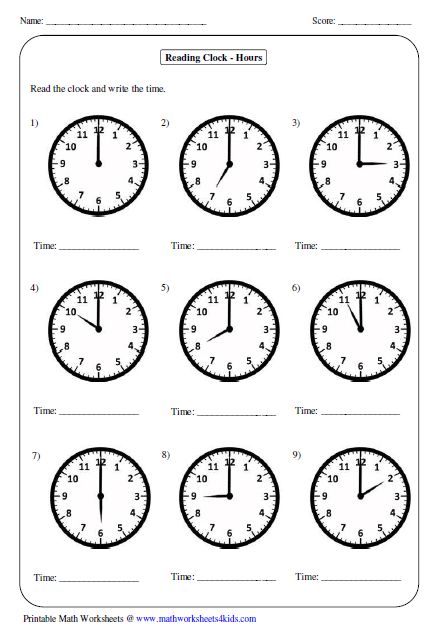 A little patience and perseverance, and your baby will confidently answer the question “what time is it?”
A little patience and perseverance, and your baby will confidently answer the question “what time is it?”
Thinking Simulator
The Simulator is a database of 4000 tasks designed specifically to develop the thinking skills of students in grades 1-4
learn more
Clock and time
In Russian, two hour systems are common, 12-hour (more common in colloquial speech) and 24-hour.
HOW TO ASK ABOUT THE TIME?
- Can you tell me what time it is? – [Ni patskázhiti, katóryj sijchás chas?] - Can you tell me, what time is it now, please?
- What time is it, please? – [Skazhýti, pazhásta, skól′ka sijchás vrémini?]- Tell me, please, what time is it now?
- Do you know what time it is? – [Vy znáiti, skól′ka sijchás vrémini?] – Do you know, what time is it now?
- My watch is behind (hurry, forgot at home, broken). What time does your clock show? – [Maí chisý atstayút (spishát, zabýl dóma, slamális′). Skól'ka vrémini váshi chisý pakázyvayut?] - My watch is falling behind (hurry, forgot at home, broke). What time does your clock show?
What time does your clock show? – [Maí chisý atstayút (spishát, zabýl dóma, slamális′). Skól'ka vrémini váshi chisý pakázyvayut?] - My watch is falling behind (hurry, forgot at home, broke). What time does your clock show?
! Time expressions use cardinal numbers.
We are talking about the clock (exact time)
00.00 or 12.00 - twenty -four hours (midnight) or twelve hours (noon)
01.00 or 13.00 - one hour or thirteen hours
02.00 or 14.00 - two hours or fourteen hours
03.00 or 15.00 - Three o'clock or fifteen o'clock
04.00 or 16.00 - Four o'clock or sixteen o'clock
05.00 or 17.00 - Five o'clock or seventeen o'clock
06.00 or 18.00 - six hours or eighteen hours
07.00 or 19.00 - seven hours or nineteen hours
08.00 or 20.00 - eight hours or eighteen hours
09.00 - 21.00 - nine hours or twenty -one hours
9000 10.00 or 22.00 – Ten o'clock or twenty-two hours 11:00 or 23:00 – Eleven o'clock or twenty-three hours
TIME-RELATED WORDS
Now
- It's five in the evening.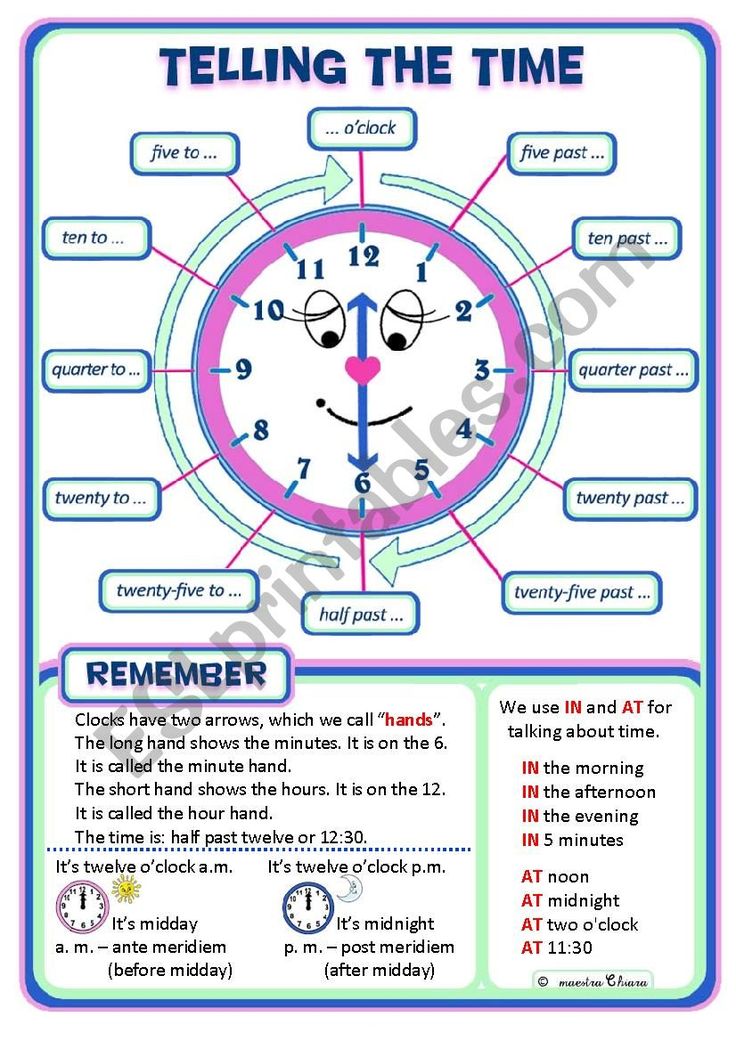 - [Sijchás pyat′ vechira.] - It's five in the evening now.
- [Sijchás pyat′ vechira.] - It's five in the evening now.
Exactly
- Exactly at noon we have a flight to Sochi. – [Róvna f póldin′ u nas rejs f Sóchi.] – We have a flight to Sochi exactly at noon.
Almost
- We waited almost 20 minutes for him. – [My prazhdáli yevó pachtí 20 minút.] – We waited for him almost 20 minutes.
Coming soon
- Soon it will be three o'clock and we will have lunch. – [Skóra tri chasá, i my búdim abédat′.] – It will be there o’clock soon and we’ll have lunch.
Approximately
- I don't know exactly, but it's about eleven o'clock in the morning. – [Tóchna ni znáyu, no sijchás primérna adínatsat′ chesóf utrá.] – Don’t know exactly, but it’s about eleven o’clock in the morning now.
MINUTES
1. In Russian, when designating time from 1 minute to 30 minutes (the dial hand on the number from 12 to 6), the preposition “after” is not used, although it is understood that we are talking about the first 30 minutes after the hour has come.
The expression "quarter" in modern language is quite rare and is replaced by "15 minutes".
Days (day, noon, evening, night) in colloquial speech, as a rule, are not indicated and should be understood from the context. They can be added to emphasize the meaning of a particular phrase in a sentence.
02.05 or 14.05 - five minutes past three
11.10 or 23.10 - ten past twelve
08.15 or 20.15 - fifteen minutes past nine0003
06.25 or 18.25 – twenty-five past seven
The film premiere will start after the advertisement, at ten past seven (19.10). – [Prim′yéra fíl′ma nachnyótsa pósli riklámy, v désyat′ minút vas′mova (19/10).] – At ten minutes past seven (19.10) the premiere of the film will begin after advertisement.
Our Russian lesson ends at fifteen minutes after one (12.15). – [Nash urok rúskava yazyká zakánchivaitsa f pitnátsat′ minút pérvava (12.15).] – Our Russian language lesson will finish at fifteen minutes past twelve (12.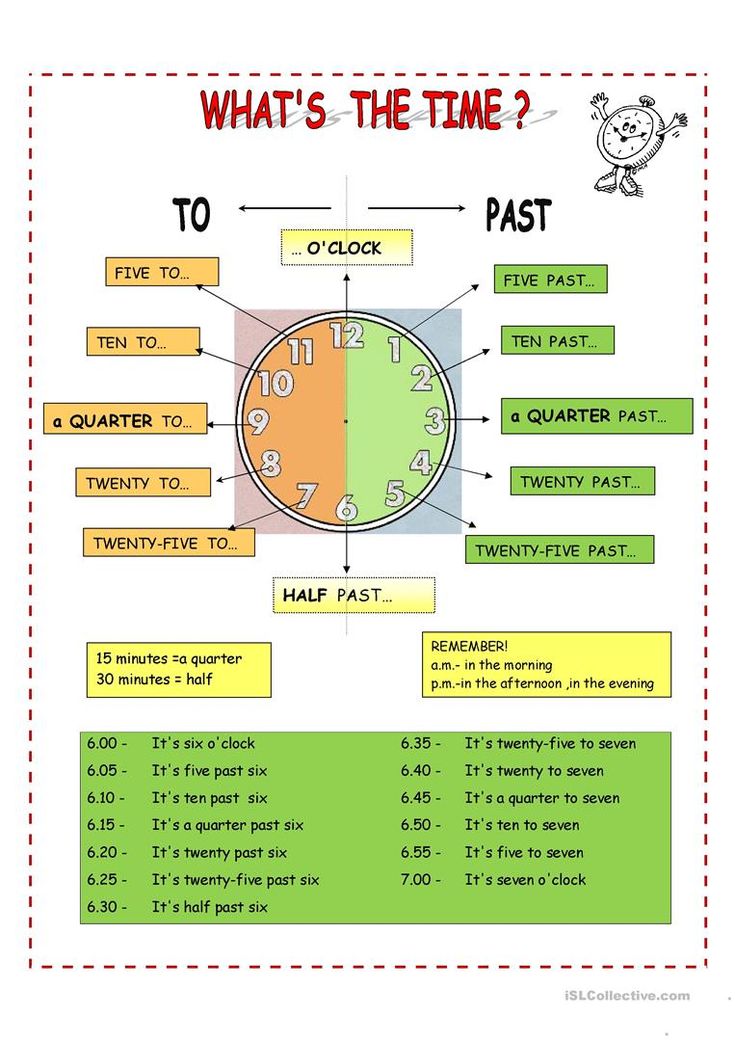 15).
15).
2. When expressing time from 31 minutes to 59 minutes (dial hand from 6 to 12), the preposition “without” is used.
As a rule, it is used in speech when there is from 20 minutes to the next hour.
03.40 or 15.40 - without twenty (minutes) four
07.45 or 19.45 - without fifteen (minutes) eight
01.50 or 13.50 - without ten (minutes) two
10.55 or 22.55 - without five (minutes) eleven
Thus, the phrase "35 minutes" in colloquial speech you will most likely hear without the preposition "without".
05.35 or 17.35 - thirty-five (minutes) of the sixth
By the way, for convenience, you can not pronounce "minutes" and this will not be a mistake. Therefore, in the examples, this word is indicated in brackets.
Ten minutes to eight (19.50) my brother and his family will arrive, and we will go to the railway station for the train to St. Petersburg. – [ Bes disití vósem′ (19.50.) priyédit moj brat s sim′yój, i my payédim na vakzál na póizt do Sankt-Pitirbúrga.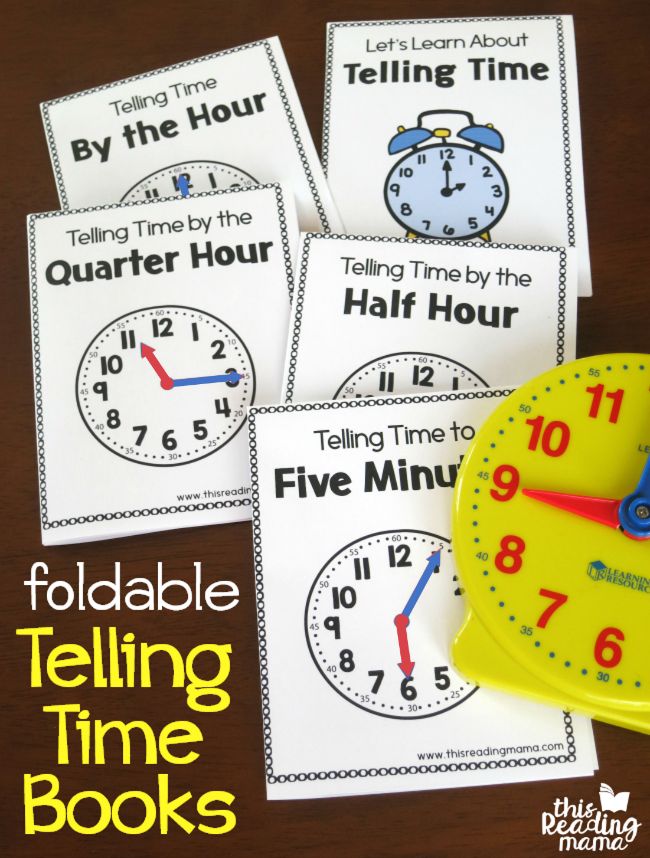 ] – My brother with his family will come at 10 minutes to eight and we'll go to the railway station to the train to St.Petersburg.
] – My brother with his family will come at 10 minutes to eight and we'll go to the railway station to the train to St.Petersburg.
Annette's speech at the conference is scheduled for fifteen minutes to six (17.45). – [Vrémya vystupléniya Anét na kanfiréntsii zaplaníravana na biz pitnátsati shest′ (17.45).] – Annettes’s speech at the conference is planned at fifteen minutes to six (17.45).
HOW ELSE CAN YOU SAY ABOUT TIME?
Also in colloquial speech, you can hear a simplified version of time expressions using hours and minutes alternately.
For example:
13.45 - Thirteen forty-five
16.07 - Sixteen zero seven
At twelve forty (12.40) the second part of the performance in the circus will begin. – [V dvinátsat′ sórak (12.40) nachnyótsa ftaráya chast′ pridstavléniya f tsýrki.] – The second part of the performance in the circus will begin at twelve forty.
It's already fourteen fifty (14.